In celebration of Engineers Week meet some of our talented team and learn what sparked their interest in perusing a career engineering.
Gerardo Salgado

“As a child I was always fascinated with everything related to machines. I still remember my favourite book “Inventions That Changed The World”.It included detailed illustrations and descriptions of several mechanical, optical, electrical and electronic systems developed through human history. At a very young age I used to dismantle old toys to extract small motors, gears, lights, speakers, and cables to try to replicate the ideas illustrated in the inventions book. That marked the beginning of my journey into electrical engineering.
In secondary and high school I studied maths and natural sciences – physics, chemistry and biology. I decided to become an engineer, and not a biologist or a chemist, because engineering allowed me to continue to play as I did as a child and build machines. In fact, engineering provided me with the right tools, equations, and schematics, etc., to ensure the reliability of the machines I build as an engineer. Today, I build Integrated Circuits, microchips, and I am so happy. I am currently working on the design of a novel high resolution Successive-Approximation-Register Analogue-to-Digital Converter (SAR ADC).
My work covers most of the steps in the design flow of Integrated Circuits (ICs). I develop mathematical models for the most common blocks used in SAR ADCs, such as capacitor arrays, comparators, and switches, among others. These models allow rapid prototyping of my new ideas. At the circuit level I work in the design of the digital signal processors that allow the reduction and/or mitigation of the most limiting circuit errors introduced during the tape-out of the IC. Similarly, I work on the IC testing in the lab, where I can verify the idea working on the real world.I expect my research to become a reference architecture allowing high resolution Analogue to Digital conversion at a very low power consumption, which will enable implantable, and IoT connected, sensor implementations”.
Anthony Wall

“I’ve always been curious about the world around me, and how everything worked. Electricity seemed like magic, and I started taking things apart to learn more about it. As I grew older, I continued to be mystified by it, and began building circuits to harness it for myself. At that point, Electronic Engineering had become my passion and I decided to make it my career. The thing I enjoy most about my job is that each day there’s a new challenge and a new problem to solve. Solving them is hard, but nothing beats the feeling when you do.
At the moment I’m working on connecting biology with the digital world by measuring tiny currents millions of times per second. I design chips that will be used to help sequence DNA much faster and more cost effectively. This will allow for more widespread DNA sequencing, ideally being part of a routine health check-up. Someday.”
Aidan Murphy

“I always liked making things so engineering was the ideal path for me. At the moment I am making portable electronic systems that will perform electrochemical tests a the point of measurement instead of in the lab. The research I am working on will eventually accelerate the time to market for nano-scale electrochemical sensing technologies in areas such as farm disease diagnostics and water quality.”

Rachel Georgel
“I studied biomedical engineering as I am fascinated by novel applied electronics and the interaction between the human body and engineering.As an undergraduate, I had the opportunity to work in a respite for young people with neural disorders. Ever since this experience, I have decided to focus my engineering career on developing solutions at the frontier of the electronic-biomedical crossroad to ultimately deliver better patient care”.

